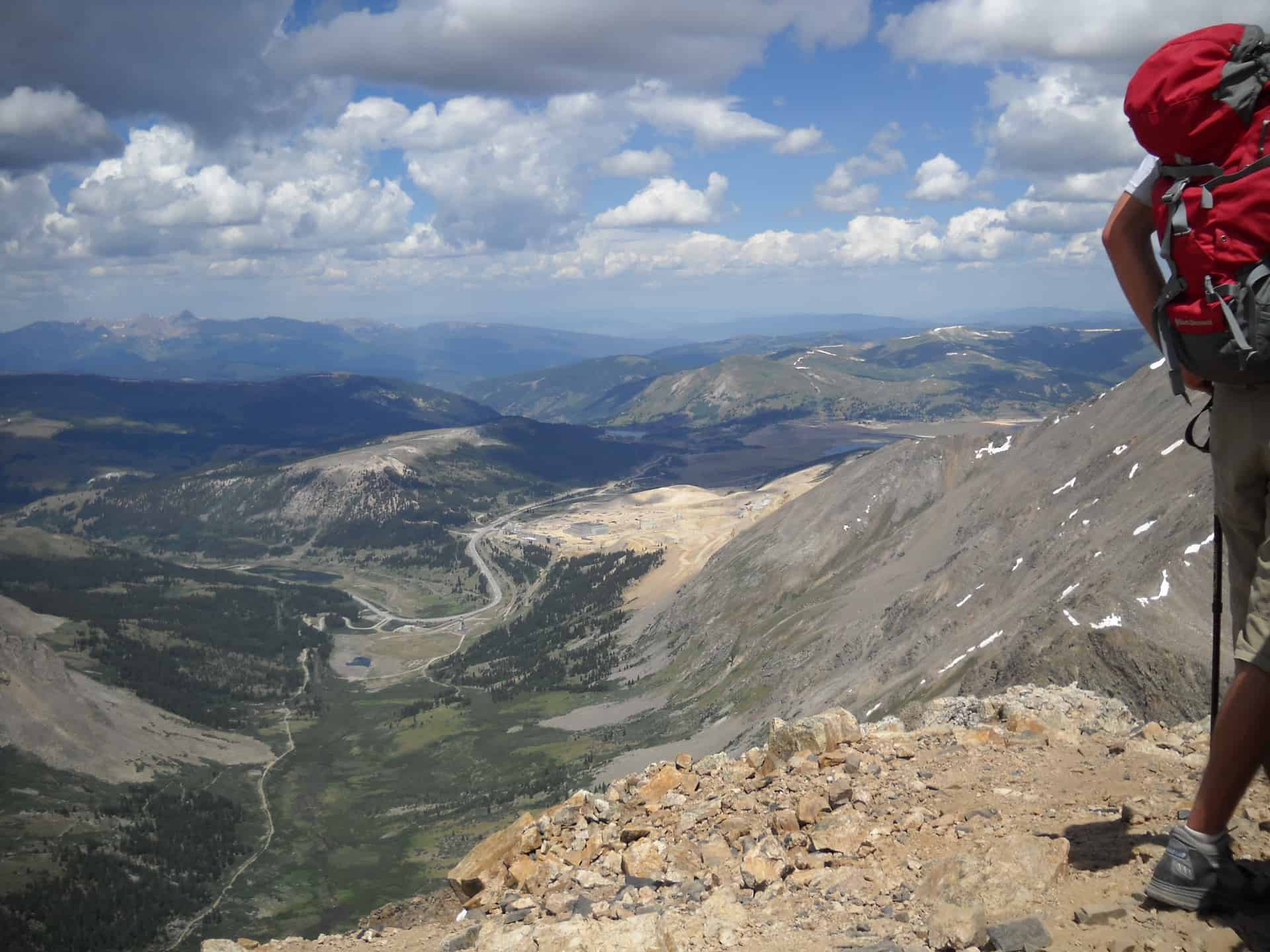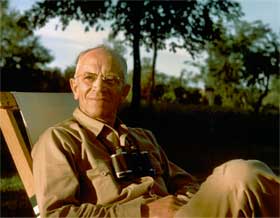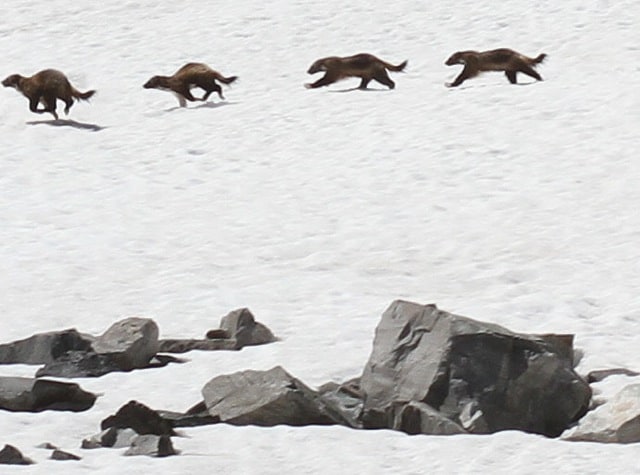People disagree; scientists disagree, and yet people have to manage them, and data, and interpersonal, supervisor and inter-institutional bad chemistry, dislikes, vendettas and power struggles. It’s not easy to do that.
In my view, real “scientific integrity” involves QA/QC, and data and review that are open and transparent. Anyway, I just saw the Nature article on the Klamath fish fight in Roger Pielke Jrs.’ Twitter feed, though I had seen the PEER document earlier.
Here’s a link to the Nature blog post and below is an excerpt:
Seven US fisheries scientists have raised a formal complaint claiming that a supervisor threatened to eliminate their research division after the team produced controversial model predictions of survival and recovery of the threatened coho salmon (Oncorhynchus kisutch) in the Klamath River Basin in Oregon.
“This falls into the basket of obstruction of science for policy or political ends,” says Jeff Ruch, executive director of Public Employees for Environmental Responsibility (PEER), based in Washington, DC. The watchdog group filed the complaint of scientific misconduct on 7 January to the Department of Interior on behalf of the scientists who work at the US Bureau of Reclamation office in Klamath Falls, Oregon.
For years, federal research on Klamath Basin fish and wildlife has been caught in an intense debate about whether to tear down a series of hydroelectric dams on the Klamath River. Many environmentalists have blamed the dams for salmon die-offs and ecological decline, but some researchers have questioned the magnitude of expected benefits from dam removal.
The letter alleges that Klamath Basin Area Office manager Jason Phillips violated the agency’s scientific integrity policy adopted in 2011 as part of President Barack Obama’s nation-wide initiative to protect science from political interference. According to the letter, the scientists believe Phillips intended to shut down the research group — known as the Fisheries Resources Branch — after perceiving the team’s work on salmon and other fish contradicted the plans and findings of the US Fish and Wildlife Service (FWS) and the National Oceanic Atmospheric Administration (NOAA).
The documents are linked in the Nature article. My point is that the scientists disagree. That’s OK, in fact that’s what makes science go! We just don’t have good scientific conflict identification and resolution mechanisms, IMHO.
Once upon a time, so long ago that I doubt that many people who are still working remember it, I went to a all Region 6 meeting on biodiversity. I remember that Jerry Franklin gave a talk and said something about genetics that the geneticists there disagreed with. So we went up to Jerry afterwards and said “but Jerry, geneticists don’t agree with that” and he said something along the lines of , “well I spoke with geneticist X. Why don’t you all get your stuff together?” (this may sound a bit abrupt but he didn’t actually say it abruptly, more with a tone of exasperation as in “how is anyone else supposed to know?”) Which is really, when you think about it, a darn good question.
At the time I remember thinking, “well, of course, there is actually no mechanism for “getting your stuff together.”
What do we have?
1) Meetings where each scientist does a presentation with 5 minutes for questions. Not much can happen in terms of dialogue on deep subjects in 5 minutes.
2) Journals… well, you can’t really have back and forth.
3) Blogs.. you can but many folks don’t feel that that’s their job to discuss with other scientists who disagree (and everyone is busy, so you understand). These can also degenerate.
4) “Science” panels. Usually they only pick one of each discipline, so you don’t get to hear within-discipline disagreements.
5) Regulator vs. regulated agency science disputes. Goal of managers is to put them to bed and move on… not to understand what is really true scientifically. No patience or public transparency. This is probably also true for private firms with in-house scientists that are regulated by agencies, but I don’t have direct experience with those.)
Anyway, I think a well structured, disciplined, and public discussion of points of view of NOAA, FWS, BOR and anyone else involved could move our mutual knowledge forward. I think “scientific integrity” is a total red herring (so to speak) in this case.
One more thing…if I were Congress I would only let one agency be funded to study one topic. We could save enormous amounts of money if several agencies were not allowed to pursue the same research topics without requirements, management and accountability for coordination (at least, and preferably some kind of utility in minds other than that of those to be funded). I personally have been in climate change research meetings where it appeared that BOR, USGS, and FWS were studying exactly the same thing; and obviously not required to, nor actually doing any, coordinating. Add NOAA and USDA to the mix, and you basically have a research pigpile at the public trough. At some of those research stakeholder meetings, I was embarrassed to be a fed. As in the Klamath case, to have a dispute, three agencies must have been studying the same thing.





